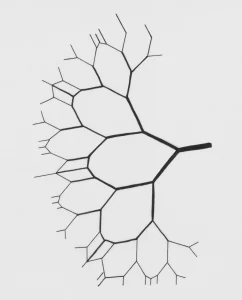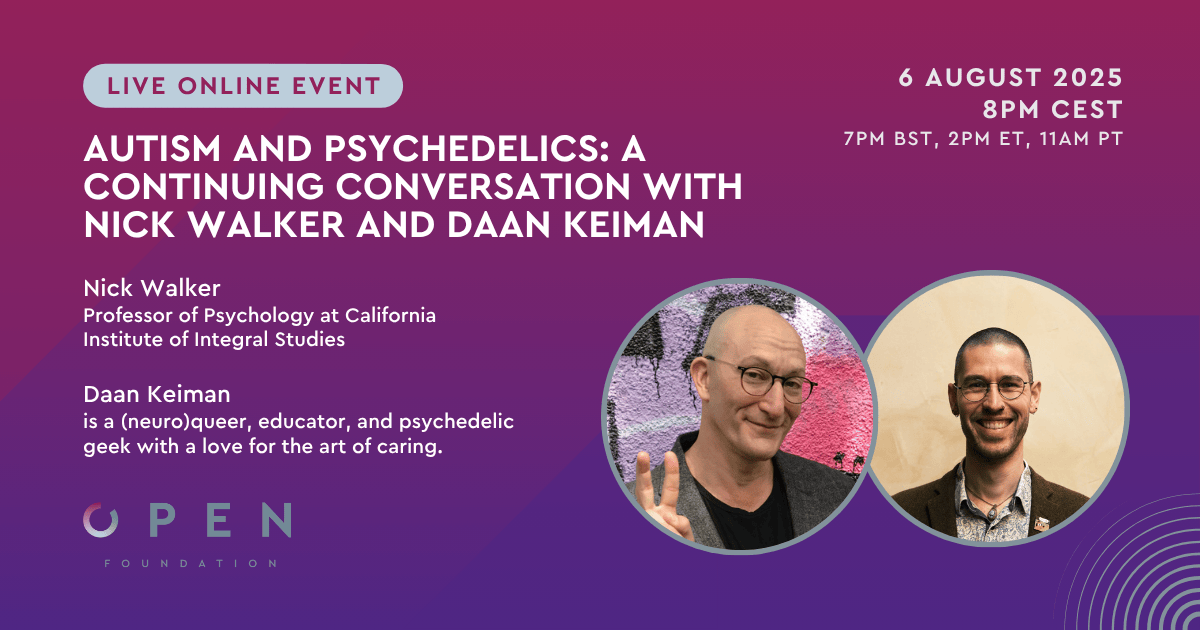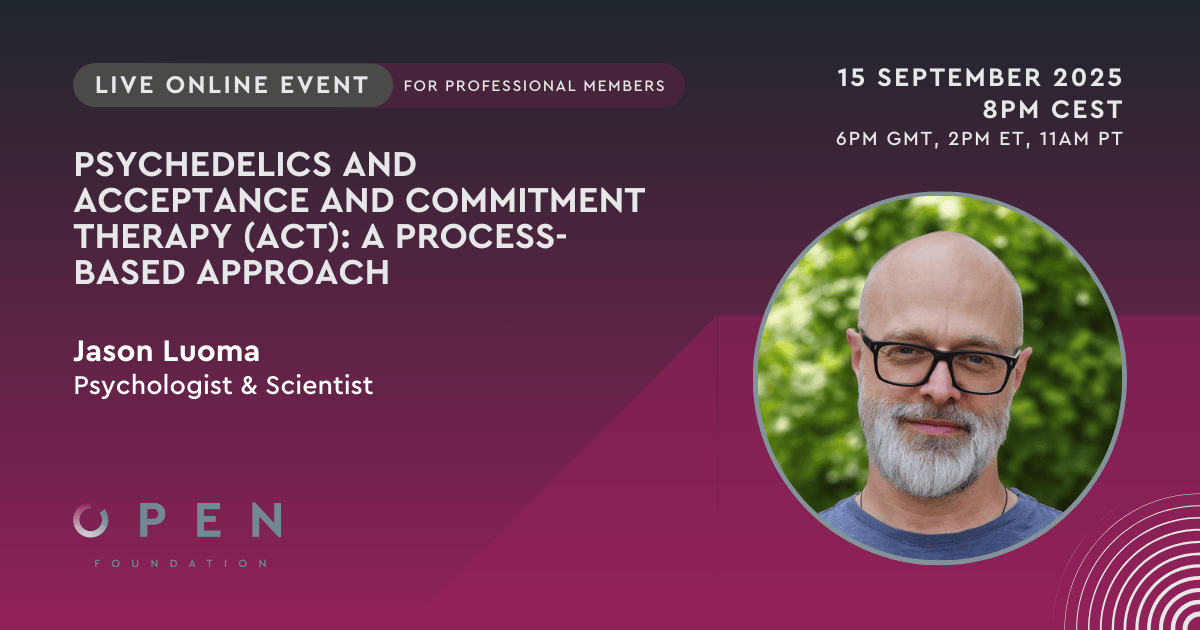Abstract
Today, there is an increased interest in research on lysergic acid diethylamide (LSD) because it may offer new opportunities in psychotherapy under controlled settings. The more we know about how a drug works in the brain, the more opportunities there will be to exploit it in medicine. Here, based on our previously published papers and investigations, we suggest that LSD-induced visual hallucinations/phosphenes may be due to the transient enhancement of bioluminescent photons in the early retinotopic visual system in blind as well as healthy people.
Kapócs, G., Scholkmann, F., Salari, V., Császár, N., Szőke, H., & Bókkon, I. (2017). Possible role of biochemiluminescent photons for lysergic acid diethylamide (LSD)-induced phosphenes and visual hallucinations. Reviews in the Neurosciences, 28(1), 77-86. 10.1515/revneuro-2016-0047
Link to full text
Kapócs, G., Scholkmann, F., Salari, V., Császár, N., Szőke, H., & Bókkon, I. (2017). Possible role of biochemiluminescent photons for lysergic acid diethylamide (LSD)-induced phosphenes and visual hallucinations. Reviews in the Neurosciences, 28(1), 77-86. 10.1515/revneuro-2016-0047
Link to full text













